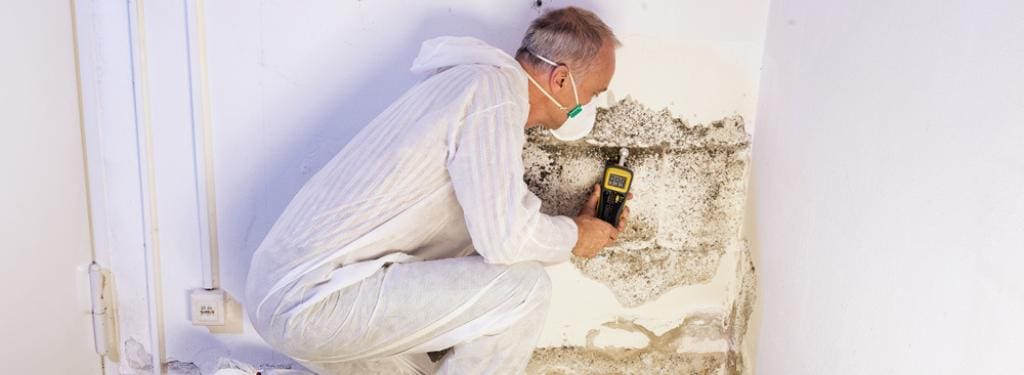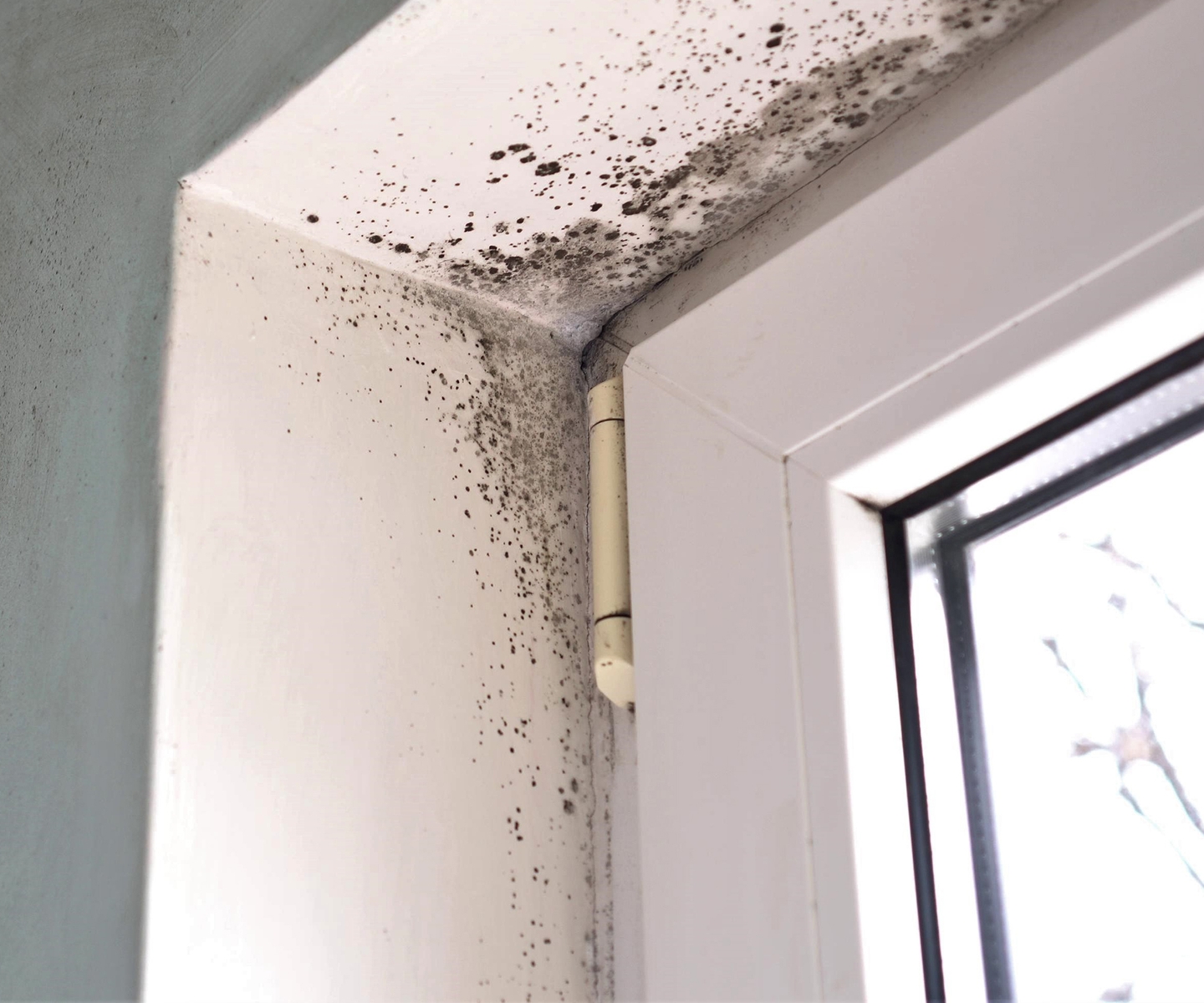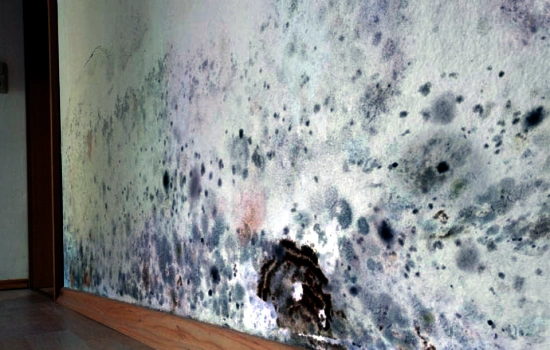Your Ultimate Overview to Blog Post Mold Removal Techniques
Navigating the realm of post-mold remediation techniques is a thorough process that requires interest to detail and a thorough understanding of the ins and outs entailed. In the results of mold and mildew invasion, understanding how to efficiently eradicate the mold and stop its reoccurrence is paramount for preserving a healthy and balanced interior atmosphere. From selecting the best cleaning and decontaminating approaches to applying methods for long-lasting mold avoidance, each step in the removal journey plays an essential role in guaranteeing a successful end result. As we start this exploration of post-mold remediation methods, we will certainly discover the crucial techniques and ideal techniques that can assist you restore your space to its pre-mold problem and protect it against future mold risks.
Understanding Post-Mold Remediation Process
After finishing the mold and mildew removal process, it is essential to recognize the post-mold removal methods that are necessary to make certain a effective and complete clean-up. When the mold has been gotten rid of, the next step involves cleansing and decontaminating the influenced locations to stop any type of regrowth of mold and mildew. This includes using specialized cleansing representatives to wipe down surface areas and eliminate any continuing to be mold spores. It is vital to dry the area totally to prevent the development of mold in the future (Post Mold remediation cleaning). Appropriate air flow and dehumidification can help in this procedure.
In addition, conducting a last inspection post-remediation is crucial to ensure that all mold has been efficiently eradicated. If the assessment discloses any kind of sticking around mold, added removal may be required.
Reliable Cleaning and Disinfecting Techniques

Avoiding Future Mold Development

Significance of Proper Ventilation
Appropriate air flow plays a critical duty in avoiding wetness build-up, a vital aspect in mold and mildew growth within interior settings. Efficient ventilation systems help get rid of excess moisture from the air, lowering the chances of mold and mildew spores discovering webpage the dampness they need to germinate and spread. Without adequate air flow, indoor rooms can come to be a breeding place for mold, resulting in potential health and wellness threats and structural damage.
By guaranteeing appropriate air blood circulation, ventilation systems can likewise help in drying out wet areas quicker after water damages or flooding events, even more deterring mold and mildew development. Post Mold Remediation. In areas like restrooms, attic rooms, basements, and kitchens where wetness degrees often tend to be greater, mounting and preserving reliable air flow systems is critical in protecting against mold and mildew problems

Monitoring and Upkeep Tips
Provided the important duty that appropriate ventilation plays in preventing mold growth, it is necessary to establish efficient tracking and upkeep tips to guarantee the continued capability of air flow systems. Monitoring moisture levels within the home is likewise important, as high humidity can contribute to mold and mildew development. By remaining conscientious and aggressive to the problem of air flow systems, building proprietors can properly alleviate the risk of mold and mildew regrowth and maintain a healthy and balanced interior environment.
Verdict
Finally, post-mold removal strategies are essential for making certain a safe and tidy setting. Comprehending the process, carrying out efficient cleaning and disinfecting approaches, protecting against future mold and mildew development, maintaining appropriate ventilation, and regular see post surveillance are all critical action in the remediation procedure. By following these guidelines, you can successfully remove mold and mildew and stop its return, functioning or advertising a healthy and balanced living area for all occupants.
In the consequences of mold infestation, understanding how to properly remove the mold and avoid its reoccurrence is vital for maintaining a healthy indoor setting. As soon as the mold and mildew has been removed, the next step involves cleansing and sanitizing the impacted locations to protect against any kind of regrowth of mold - After mold remediation. After removing noticeable mold and mildew growth, it is important to clean all surfaces in the afflicted location to eliminate any kind of staying mold and mildew spores. To better boost mold avoidance procedures, it is important to resolve underlying problems that originally led to mold and mildew development.Given the vital function that correct air flow plays in stopping mold and mildew growth, it is important to develop use this link efficient surveillance and maintenance pointers to make sure the continued performance of air flow systems